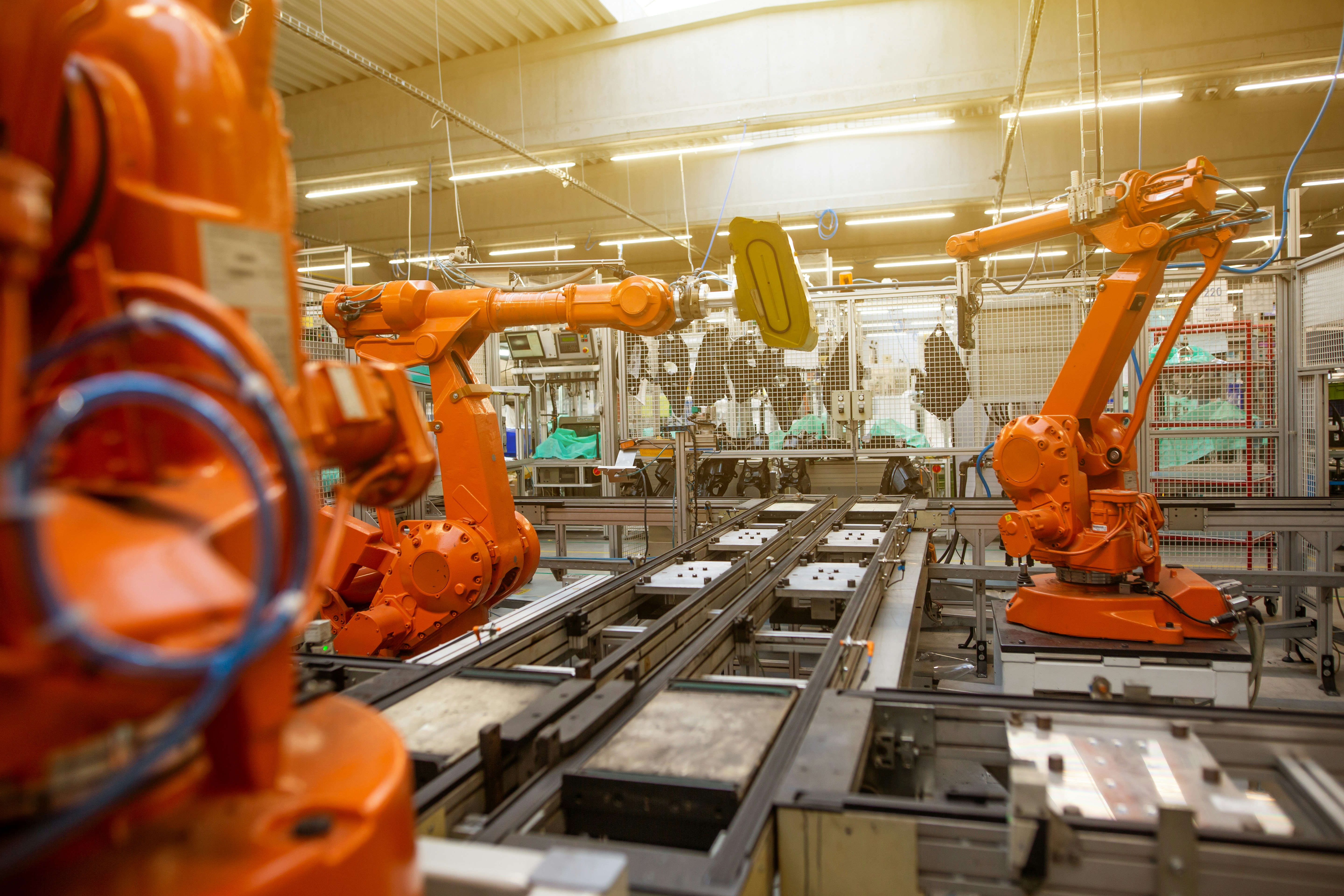Introduction
Saab UK is part of Scandinavia's largest defence company, bringing together the best of Swedish and British innovation. Saab offers world-leading solutions and services in defence, aviation, space, and civil security to keep people and society safe. Our UK presence has been growing at pace, meaning we can offer a wide range of opportunities for personal fulfilment and career growth. We currently employ over 500 people across eight sites in the UK, and our specialisations include software engineering, underwater robotics, radars, AI, and armed forces training.
As part of the global entity Saab AB, Saab UK combines the innovative spirit of a start-up with the resources and expertise of a larger corporation. Globally, Saab employs over 22,000 people, with operations on every continent. Our partnerships with UK customers and industry mean we are able to deliver innovative solutions to complex challenges, anticipating the threats of tomorrow. We invest 23% of our annual revenue into research and development, collaborating with a range of partners including industry and academia.
Saab is a company that offers our employees plenty of opportunities for growth and advancement. We embrace diversity and are committed to providing a workplace where individuals can thrive professionally, paving the way for future progression. We also recognise the need for a healthy work-life balance to ensure our staff have the chance to live a fulfilling life beyond the workplace.
The Role
This role is part of our Saab Seaeye Under Water Robotics Business Unit.
This is a very exciting opportunity for a motivated and experienced individual to thrive in a fast-paced and innovative environment. The engineer will be confident in their abilities to research and identify cutting-edge solutions for novel and challenging problems, whilst taking pride in their attention to detail and design integrity.
The role seeks an engineer with a good understanding of powertrain architectures, power distribution systems, and experience with the design and test of various power supply topologies. Familiarity in the field of wide-bandgap semiconductors like Silicon Carbide (SiC) and Gallium Nitride (GaN) is desired but not essential.
All of our engineers from time to time are required to manage projects, the successful candidate will therefore show an aptitude for directing and coordinating project activities and have strong communication/interpersonal skills for working across all departments within the organisation.
Essentials:
Create new electronics designs from first principle, through the development lifecycle to production release
Power supply design AD-DC, DC-DC, Inversion
Experience with one or more of the following topologies: Phase-Shift Full-Bridge, Resonant LLC Half/Full-Bridge, Flyback, Buck/Boost, 3-Phase Inverter (up to 100kW)
General knowledge of power switching devices - MOSFETs, Si-IGBT (Wide-Bandgap desired)
Experience with the design and optimisation of gate-drive circuitry
High Frequency Transformer and Magnetics design
A good understanding of thermal management techniques for through-hole and surface mount devices
The ability to use modelling and simulation to facilitate design and prototyping
Good knowledge in both digital and analogue design concepts
Design for LVD/EMC Compliance
Development of requirements specifications and test procedures
System level integration and testing
Experience of filter design and implementation
Desirables:
High Voltage Experience up to 5kV
Thermal modelling experience
Motor design and control (BLDC, PMSM, Induction, Axial/Radial Flux)
Embedded, FPGA, CPLD
Serial Comms Protocol: Ethernet, SPI, I2C, CAN, CAN-FD
General accountabilities and responsibilities:
To use personal judgement and initiative to develop effective and constructive solutions to challenges and obstacles in day to day activities and procedures within the specified role.
To maintain personal ability in, and appropriate use of, all relevant IT (Information & Technology) and other systems required to adequately perform the role.
To act ethically, with integrity and in the best interest of the business at all times.
To maintain a professional and supportive relationship with team members and other departments in order to deliver business and delivery objectives or deadlines.
To carry out any other duties as detailed by your Supervisor or Manager from time to time.
To keep good time management to minimise any wasted time and maximise productivity and effectiveness.
Quality, health, safety and environment (QHSE)
Cooperate with the company to achieve a healthy, safe and sustainable working environment.
Work in ways that ensure your own safety and that of others; "Do the right thing even when no one is looking."
Report any incidents, near misses or other health, safety and environmental concerns.
Deliver all products and services in line with Saab Seaeye quality standards to ensure we meet our customer requirements and highlight any quality concerns or potential improvements.
By submitting an application to Saab UK you consent to undertaking workforce screening activities that may include but are not limited to: Baseline Personnel Security checks, National Security Vetting, reference checks, verification of working rights and in all circumstances preferred candidates will be placed through a security interview


